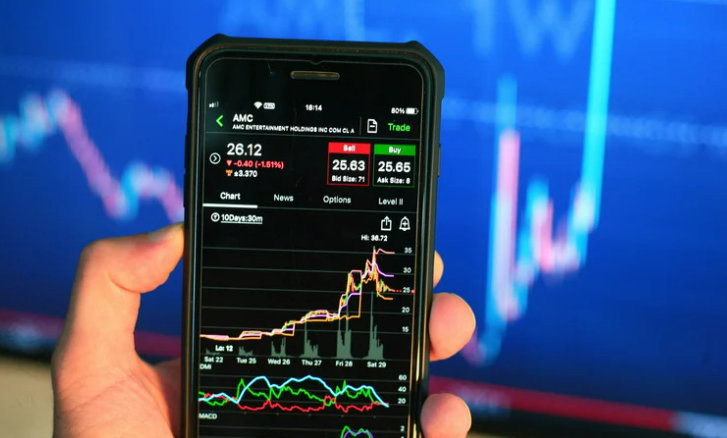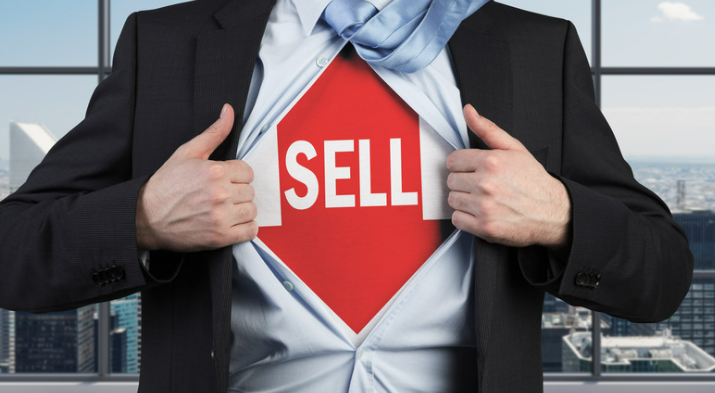Table of Contents
StockX is a flourishing online marketplace for lifestyle and collectibles such as shoes, streetwear, designer handbags, watches, gadgets, etc.
Aside from shoes, other high-end streetwear labels such as Essentials, Stussy, Moncler, BAPE, and Supreme are regulars on this site. Fans worldwide go to the site to sell, bid on, and purchase their chosen collector’s edition of rare, vintage, or fashionable and excited releases that sell out virtually quickly.
This reselling platform was launched in 2015 by four entrepreneurs in Detroit, Michigan, and has since expanded dramatically to encompass over 1,000 workers in 197 countries. Their entrepreneurial attitude is inspirational and excellent.
To be sure, the StockX ecosystem is governed by and for customers. To put it another way, this secondary market is self-sustaining. The website is thriving, with several million views every month and deals continually being negotiated and authorized.
New goods are often posted on the site by other users, broadening the selection of available things for sale at any one moment. Continue reading our guide to know how does stockx work?
How Does Stockx Work?

StockX is a web and app-based online marketplace that allows the selling of unworn streetwear goods such as shoes and other collectibles. The firm bills itself as “the stock market of things” because its entire buying and selling process is comparable to that seen in stock markets.
On the site, sellers put so-called Asks, which establish the price they charge for one of their things. On the other hand, Buyers submit bids that indicate how much they prepare to pay for a specific item.
A successful transaction may enable after the two parties discover a matching price (if the buyer has the highest offer and the seller loves the price).
Buyers may purchase products immediately from sellers, much like eBay, if the seller has posted a “Selling Now” bid. Buyers and sellers may use StockX’s historical price charts to determine the competitiveness of their pricing.
Because the site deals with high-ticket commodities (some of the advertised pieces sell for millions of dollars), StockX, the marketplace operator, handles the authentication and delivery processes. It guarantees that no counterfeit items sell to bidders.
Many other markets, such as Poshmark and Chrono24, have already used a similar content strategy. Potent shoppers are shifting away from sites like eBay, historically plagued by bogus items and faulty delivery, and toward smaller specialized marketplaces that can assure quality and authenticity.
How Does Stockx Verify Products?
 StockX, as we hate fraudsters and lowballers, does not accept such behavior.
StockX, as we hate fraudsters and lowballers, does not accept such behavior.
Thus, the layers of strict inspections and verification procedures to avoid unethical and illegal transactions on the site set it different from Carousell.
But How Does Stockx Carry Out These Procedures?
It Must Be Brand New Or Never Worn
Six verification centers around the globe rigorously examine each product to verify authenticity and quality.
First, StockX does not allow worn or damaged used products to offer on their site. They only enable deadstock goods to present (brand new, genuine, and never worn with original packing). Consequently, purchasers can be sure of obtaining the freshest and cleanest pair of sneakers available.
Machine Learning Reliance
 Furthermore, staff at authentication centers use powerful machine learning to analyze each product’s material structure. They examine 100+ data points on the product to guarantee no flaws or phony replications.
Furthermore, staff at authentication centers use powerful machine learning to analyze each product’s material structure. They examine 100+ data points on the product to guarantee no flaws or phony replications.
All add-ons and accessories included with the item will match its original retail price. Following that, the thing is dispatched by the highest quality requirements.
However, the completed product is subject to their specialists’ last quality assurance (QA) inspection before its dispatch.
They’ve managed to maintain a respectable 99.95 percent accuracy rate this way.
StockX’s Distinct Selling Feature

Users will discover a real-time invest in stock market index monitoring the item’s price variations under each listing. Aside from that, the 12-Month Historical data provides a wealth of helpful information, such as the 12-Month Trade Range.
- All-Time Trading Volume
- Volatility
- Sales Price Count Premium
- Average Selling Price
These data elements are beneficial since they create a transparent, all-inclusive purchasing experience. Everyone gets a fair chance to purchase their desired wishlist products at transparent and actual market rates.
How Does Stockx Generate Revenue?
 StockX generates money as an online marketplace by collecting a cut of every successful transaction it conducts.
StockX generates money as an online marketplace by collecting a cut of every successful transaction it conducts.
In addition, unlike traditional markets such as eBay, StockX handles authenticity checks and sequential distribution of items. It is due to the platform’s dealings with high-ticket products, which may value at thousands of dollars.
The vendor is paid a flat 3 percent payment processing fee for each successful transaction. In addition, a transaction fee ranging from 8 to 9.5 percent is charged.
The transaction charge determines by tiers, determined by the number of prior sales made on the site. In 2019, the firm enabled over $1 billion in GMV for its sellers.
Funding, Valuation, And Revenue For Stockx
 StockX has collected more than $160 million in five rounds of fundraising, according to Crunchbase. $110 million was raised in their most recent Series C fundraising round.
StockX has collected more than $160 million in five rounds of fundraising, according to Crunchbase. $110 million was raised in their most recent Series C fundraising round.
StockX was valued at $1 billion due to this round, making it a unicorn. GGV Capital, General Atlantic, DST Global, and individuals such as Salesforce CEO Marc Benioff are among the notable investors in the firm.
StockX, like any other high-growth (and likely loss-making) business, does not release any public revenue data. Nonetheless, at its most recent investment round, the firm said that it had quadrupled its sales from 2018 to 2019. Furthermore, total product sales hit $100 million each month — with commissions ranging from 9 to 14 percent, StockX projects to make roughly $10 million per month.
Conclusion
StockX dubbed the world’s first “Stock Market of Things,” has swiftly become the preferred online platform for buying and selling streetwear, trading cards, collectibles, luxury handbags, apparel, etc. Adidas, Yeezy, Jordan, Supreme, Teflar, Nvidia, and BAPE are long-standing market leaders. People in the StockX ecosystem are either buyers or sellers. Because it’s a real-time market, the shop’s prices determine the present level of demand for the products it sells.

